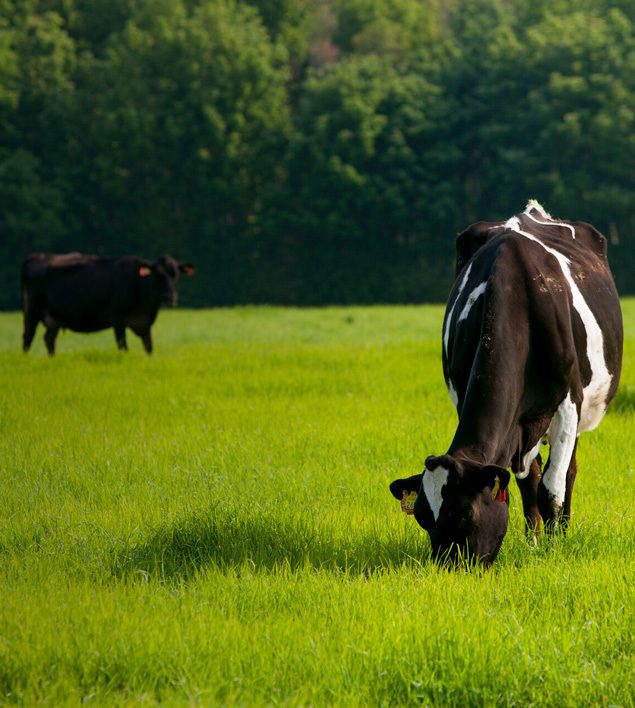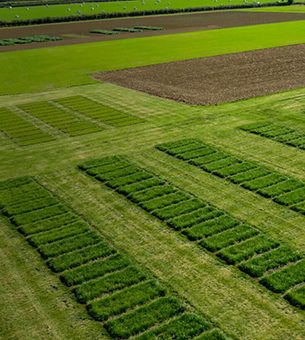This year’s weather means the season has run later than usual for most farmers. But a period of hot weather this month could put things back on track. So, if you’re planning to reseed with a mixture containing clover, it’s ‘sooner rather than later’ to achieve the best results. Ben Wixey, one of Germinal’s grassland and forage production experts, gives us his advice on sowing clovers successfully.
Many livestock farmers are enjoying the benefits of including red and white clover in their grazing and cutting leys. Clovers not only bring productivity benefits, but their nitrogen-fixing abilities offer environmental gains too.
Introducing clover
Clover should be introduced when soils are moist but also warm, making reseeding at this time of year the preferred option of many grassland managers. But the length of time available is often short as the weather begins to deteriorate. If you are in southern England or Wales, aim to establish red clover no later than August and white clover by mid-September. For those in northern England and Scotland, both red and white clover should be sown by mid-August. White clover seedlings must be producing stolons before winter and both types of clover struggle to establish successfully if sown any later.
If time and weather are against you and you’re running late with your reseed, it’s still possible to include red and white clover in the new ley by oversowing it next spring. Similarly, if you reseeded last spring, August is a good time to oversow clover into this year’s new sward.
Stitching in clover
Stitching in clover can also be an option for those struggling with broadleaf weeds in fields being reseeded. Due to the limitations of clover-safe post-emergence sprays, it may be difficult to include clover in reseeding mixtures used in these areas unless you have a good clean seed bed. Otherwise, your best option is to use a suitable grass mixture without clover, implement a weed control programme with your agronomist and oversow clover later once the weeks have been controlled.
When introducing white clover into the new sward, reduce competition from existing plants by grazing heavily or harrowing to open up the sward. As always, good seed-to-soil contact is important, with a higher seed rate of 4kg/ha needed to counter the risk of greater seedling loss. As the clover starts to establish avoid applying nitrogen as it can encourage grass growth and risk overtaking the clover. Once the clover is beginning to establish, start grazing the sward lightly for short periods to help with further establishment before continuing a good rotational grazing plan.
Adding in clover after a new ley’s established is often overlooked or forgotten, but the financial and environmental gains from increased productivity and reduced inputs make it a vital part of good grassland management.



